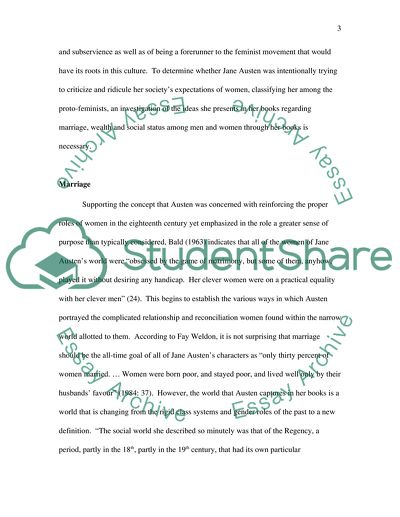Cite this document
(Jane Austen - Early Feminist Essay Example | Topics and Well Written Essays - 5000 words, n.d.)
Jane Austen - Early Feminist Essay Example | Topics and Well Written Essays - 5000 words. Retrieved from https://studentshare.org/gender-sexual-studies/1707714-jane-austen
Jane Austen - Early Feminist Essay Example | Topics and Well Written Essays - 5000 words. Retrieved from https://studentshare.org/gender-sexual-studies/1707714-jane-austen
(Jane Austen - Early Feminist Essay Example | Topics and Well Written Essays - 5000 Words)
Jane Austen - Early Feminist Essay Example | Topics and Well Written Essays - 5000 Words. https://studentshare.org/gender-sexual-studies/1707714-jane-austen.
Jane Austen - Early Feminist Essay Example | Topics and Well Written Essays - 5000 Words. https://studentshare.org/gender-sexual-studies/1707714-jane-austen.
“Jane Austen - Early Feminist Essay Example | Topics and Well Written Essays - 5000 Words”, n.d. https://studentshare.org/gender-sexual-studies/1707714-jane-austen.


